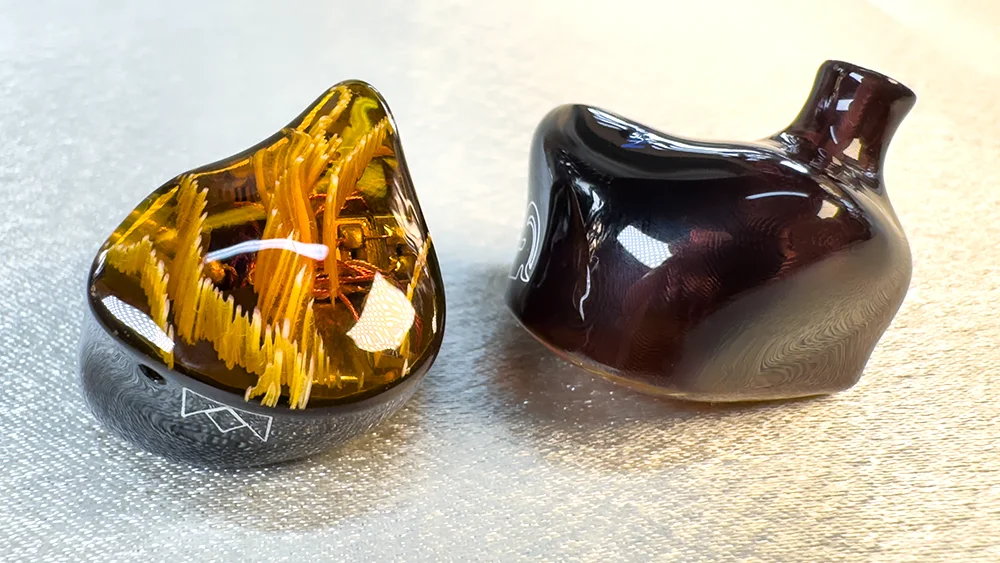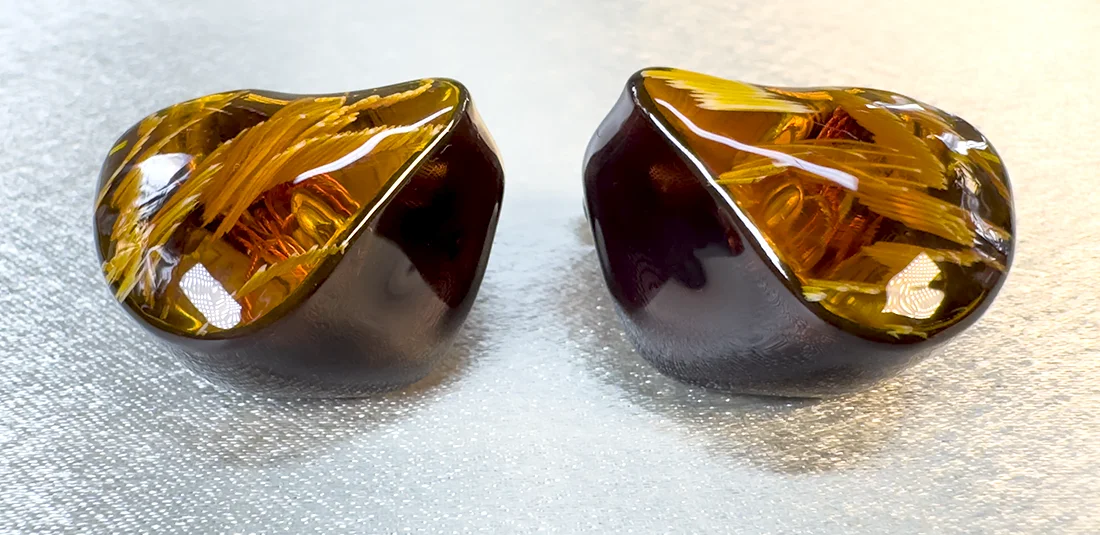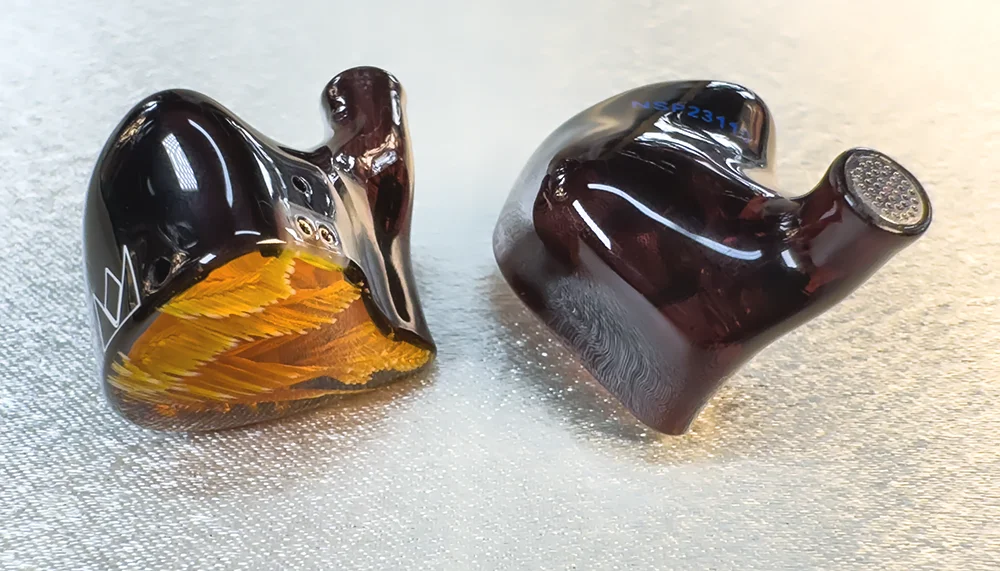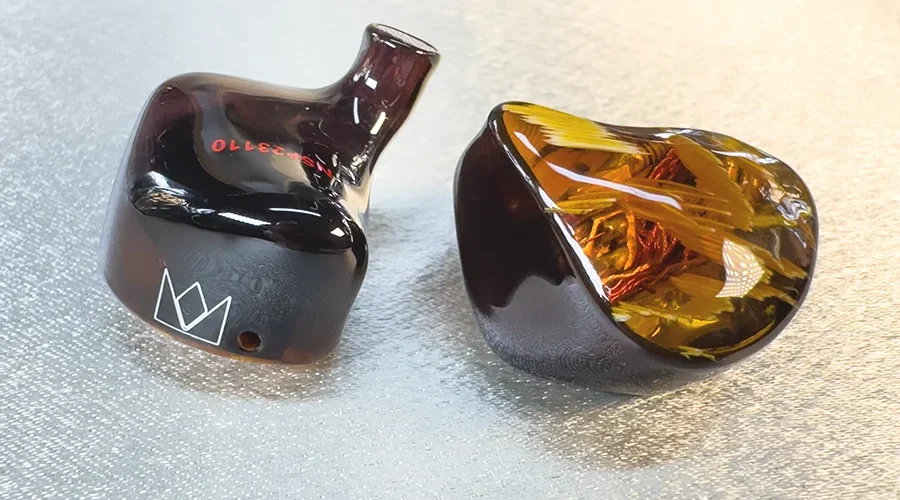Sound Impressions

Spartacus delivers a big, muscular sound yet provides all the audiophile niceties you demand. Let’s start from the bottom.
Bass is enormously impressive given it’s produced by a pair of BA drivers, with highly elevated quantity and seriously impressive texture.
At times I need to remind myself there isn’t a dynamic driver in there, and although the slam & rumble can’t quite measure up to the best DD-fuellled basshead IEMs, on many tracks I actually prefer Spartacus’ bass output to that of Mest MKIII for instance.
In fact at first listen it’s easy to get the impression Spartacus is a bass-first IEM where the lower frequencies are prioritised with north-of-neutral quantity, but the more you listen the more you’ll marvel at how little has been sacrificed from the rest of the frequency spectrum to achieve this.
Bass is clean in the sense it does not bleed into the midrange, and despite possessing superb texture by BA standards is incredibly responsive so Spartacus will effortlessly keep up with fast-paced music.

Moving to the middle, Spartacus’ midrange has a huge amount of presence and warmth with tremendous resolution worthy of a flagship IEM. Vocals are positioned aggressively forward with impressive note weight, and instruments in general are rendered very large.
Combined with the voluminous bass output, this helps create a bold, brash sound that’s loaded with excitement. The downside is if you happen to find forward vocals fatiguing, but for my taste they provide a massive sense of engagement.
Spartacus’ lower treble is very prominent, aided by its’ silver-plated copper stock cable, so if you’re into electronic or classical music like me you won’t find Spartacus too dark to do such genres justice.
Having said that, upper treble can at times feel slightly restrained, and though I’m reluctant to label Spartacus’ treble a weakness it’s definitely an area where some more expensive IEMs are able to render violins with greater delicacy – most commonly those with EST drivers.
Technical Performance

The first thing I notice about Spartacus is the impressive width of their soundstage. It isn’t the absolute widest I’ve ever heard (Elysian Annihilator earns that trophy) it isn’t far off, and is a standout attribute.
Stage depth isn’t as impressive – slightly above average without being exceptional, though not so shallow as to present itself as a weakness. Actually Spartacus’ stage dimensions are somewhat unusual in that it feels like I’m ‘looking down’ on the stage from slightly above more than normal.
Spartacus’ dynamics are nothing short of superb, and greatly contribute to their excitement. Dynamics go a long way towards enhancing my musical enjoyment (a reason I advocate for portable amplifiers which boost this area) and those awesome dynamics help generate Spartacus’ bold presentation.
Imaging is very solid without jumping out as special, likely Spartacus’ more restrained upper treble is the reason this isn’t a greater strength. The addition of EST drivers would’ve helped, and though I do not hear Spartacus’ imaging as deficient it isn’t spectacular enough that I’d pick them up purely for the joy of how they render pinpoint instruments in space. Similarly, though their background is acceptably black I wouldn’t say its’ quite as dark as class-leading IEMs in this area.
Finally, deserving special mention is Spartacus’ tremendous speed. Without a dynamic driver to slow things down they’re blisteringly quick at rendering complex musical passages cleanly with instruments remaining distinct, yet still delivering a brash & bold presentation with gobs of deep bass.
Page 1 – Introduction, Packaging & Ergonomics
Page 2 – Sound Impressions & Technical Performance
Page 3 – IEM Comparisons
Page 4 – More IEM Comparisons
Page 5 – Amplfication Performance & Cable Comparisons
Page 6 – Conclusion


Comments